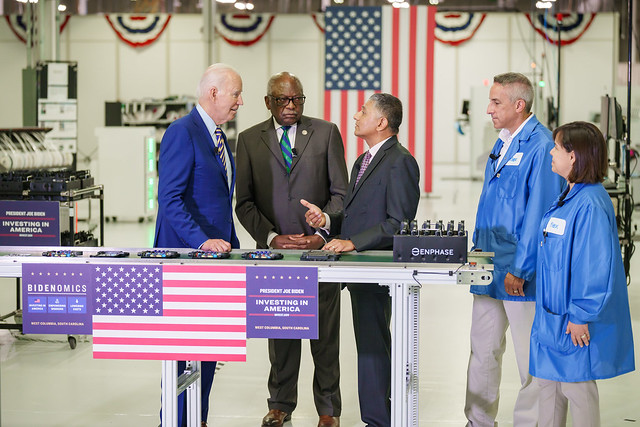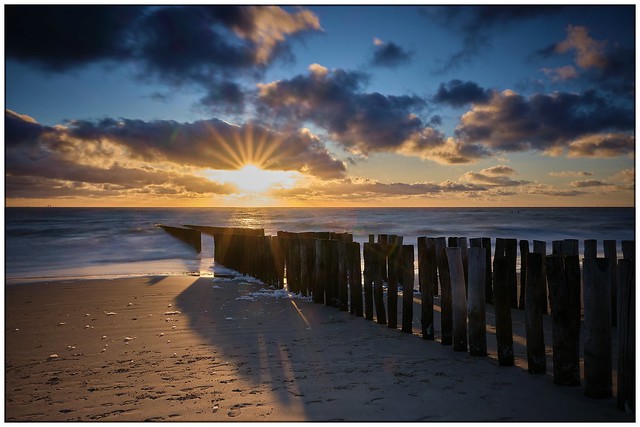
Benefits of a Solar Powered Security Camera
A solar powered security camera is a great way to keep an eye on your home. This type of camera has many benefits, including being durable and able to be used for long periods of time.
Depending on your needs, you can find cameras with features like two-way audio, geo fencing, and more. You should also consider the size of the battery and its capacity.
Solar Panel
When shopping for a solar-powered security camera, read the product specs carefully. Identify the specific voltage (measured in volts) solar powered security camera and battery capacity that the camera requires to always operate, as well as how much electricity the solar panel can generate on bright, sunny days. You can also look for a security camera that integrates with smart home systems to enable smartphone alerts and remote monitoring.
A solar-powered security camera works best when it’s placed in a place that gets ample sunlight on a daily basis during peak sun hours, which vary by season. If possible, the solar panel should face south if you live in the Northern Hemisphere or north if you live in the Southern Hemisphere. If you have to situate the solar panel elsewhere, choose an area that’s not shaded by nearby buildings or trees and accounts for seasonal variances like heavy snowfall.
A solar security camera also has to be weather-resistant to maintain its functionality, so check for a waterproof, dust-proof and freeze-proof design that’s capable of operating in the cold and rain. A solar-powered security camera with a rugged exterior is easier to keep in good working condition and can reduce maintenance needs significantly. Also look for a camera with a high-resolution camera or one that has a wider field of view to ensure you can see more of your property.
Battery
The battery is the powerhouse of a solar powered security camera and ensures uninterrupted operation. It converts DC (Direct Current) energy from the solar panel into AC (Alternating Current) electricity that powers the surveillance system and recharges its internal rechargeable batteries. This eliminates the need for running cables and provides a cost-effective alternative to grid-connected models.
A solar-powered security camera with a large enough storage capacity can capture multiple hours of 2K 4MP video footage and store them on the local SD card for months. A 64GB SD card can support around 36 hours of continuous recording. For a more comprehensive backup, many solar-powered security cameras offer cloud storage that allows you to access videos remotely through a mobile app.
Some solar-powered security cameras also integrate with smart home systems like Apple HomeKit, Amazon Alexa and Google Assistant. This enables you to view your footage on smart displays or control the camera using voice commands. You can also check whether the security camera has motion detection and night vision features to enhance its functionality.
A solar powered security camera can be a convenient way to monitor your property and deter burglars. It is particularly useful for vacation homes or Airbnb rentals that may be left unattended for long periods of time. The ptz camera supplier constant power supply from the solar panel and battery means that the surveillance system will always be working, deterring criminal activity and ensuring that valuable evidence is preserved in the event of a break-in.
Cloud Storage
Unlike traditional CCTV systems that use onsite storage and recorders, cloud-based security systems provide a cost-effective alternative. Instead of recording to a local device, camera data is stored remotely in the cloud, allowing authorized users to access it from any Internet-connected fixed or mobile device. It’s also an excellent choice for areas where on-site storage devices are susceptible to physical damage from criminal activity or natural disasters, such as floods and fires.
Solar powered security cameras with built-in storage can save footage to a microSD card. However, this option is limited to a few gigabytes and requires additional hardware such as a microSD card reader and mobile app to access videos. The downside of using built-in storage is that it will eventually run out of space and the camera will stop working until it’s replaced or recharged.
A disadvantage of cloud-based security systems is their high bandwidth consumption. If an organization has several cameras streaming video continuously, it may cause lags and interruptions in internet performance.
A better alternative is a hybrid system that uses both local and cloud storage. These are a more affordable option and give you the flexibility of storing your footage in either location, depending on your needs. These systems typically use a Tether cloud connector, which is installed in-house or by a third-party professional. It costs around PS600 to install a Tether cloud connector for up to 5 cameras, and then you pay a monthly data fee that depends on how much you want to store.
Motion Detection
Unlike regular wireless security cameras that stay on all the time and require frequent battery replacements or recharging, solar powered camera devices generate power through the day. This helps them run for longer, even if the sun isn’t shining. For optimal performance, install solar-powered security cameras on a south-facing wall that receives direct sunlight daily during peak sunlight hours.
Motion detection is a vital security feature for any camera, and most solar-powered cameras use this technology to save on energy. This feature records only when it detects movement within the view of the camera. It also determines whether the movement is human or animal. This prevents the camera from recording a cat or dog running around and saves storage space. You can also set the sensitivity of motion detection to ensure it responds only to significant changes in the viewing area, so you don’t get a lot of notifications for small changes like birds chirping or a breeze blowing through a window.
Some solar-powered security cameras also support smart home integration, making it easy to check on and control the camera with other smart home devices. This is a great option for people who want to keep an eye on their home while they’re away. Solar powered security cameras can be used for a variety of applications, including remote sites that require 24/7 live video monitoring but are without grid power or wired internet. These include homes, cabins, farms and construction sites.


